Search
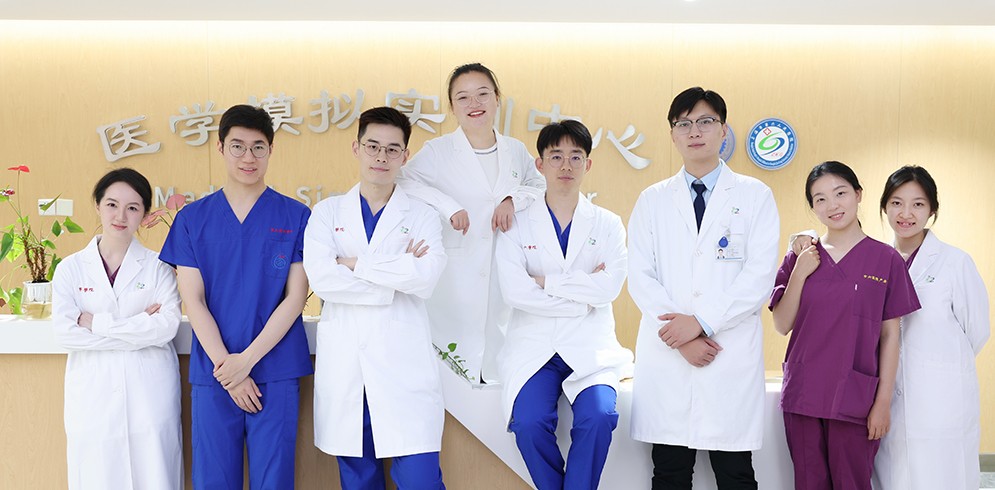
On the afternoon of February 27, 2025, the first clinical case discussion of the year, jointly organized by Clinical Medical School and Medical Affairs Office, took place at National Center for Orthopedics. Hosted by the Department of Cardiology, the event attracted over 500 participants, including faculty, students, and medical professionals from both within and outside the hospital, who joined the session both online and in person.
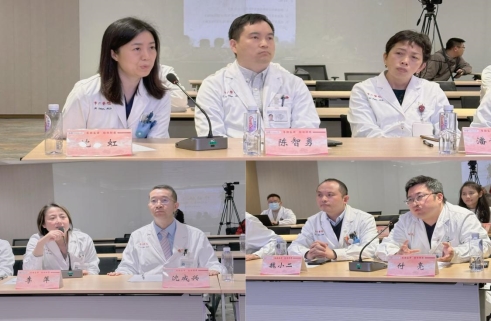
Themed “Pulmonary Hypertension—Where It Comes From and Where It Goes,” the discussion was chaired by Professor Li Ping from Clinical Medical School, with Professor Shen Chengxing, Director of the Department of Cardiology, moderating the session. The expert panel included Chief Physicians Pan Jingwei and Shen Hong from the Department of Cardiology, Chief Physician Chen Zhiyong from the Department of Rheumatology and Immunology, Chief Physician Wei Xiao’er from the Department of Radiology, and Dr. Fu Liang, an attending physician from the Department of Cardiac Surgery. Together, they examined a case involving a 67-year-old female patient who had experienced recurrent chest tightness and shortness of breath for over a year, with multiple echocardiograms indicating pulmonary hypertension.
Dr. Kang Sang, a resident physician from the Internal Medicine Training Base, presented the case, providing a detailed account of the patient’s medical history, clinical findings, and diagnostic test results. Dr. Tang Minna, a specialist physician, then analyzed the pathophysiological mechanisms, etiology, and diagnostic and treatment strategies for systemic-pulmonary shunt-related pulmonary hypertension, offering further insights into the diagnostic approach.
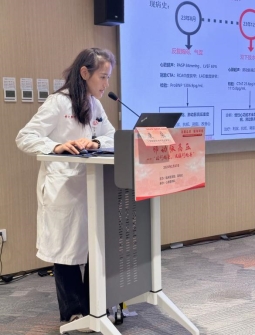
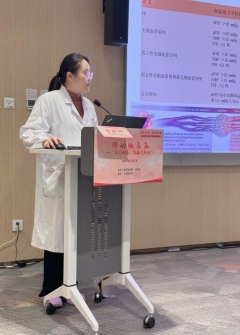
During the discussion, Director Shen Chengxing led an in-depth analysis, inviting a multidisciplinary team (MDT) consultation to explore the case from various medical perspectives. Chief Physicians Shen Hong and Pan Jingwei examined the clinical classification and diagnostic strategies for pulmonary hypertension. Chief Physician Wei Xiao’er provided imaging-based insights into the etiology of pulmonary hypertension using pulmonary and aortic CT angiography. Chief Physician Chen Zhiyong discussed the possible role of connective tissue diseases in the patient’s condition from a rheumatology and immunology standpoint. Dr. Fu Liang reviewed surgical interventions for aortic dissection and evaluated postoperative imaging to assess the formation and treatment strategies for pulmonary hypertension.
The discussion focused on key clinical considerations, including the classification of pulmonary hypertension, the potential need for systemic-pulmonary shunt closure, and subsequent medication management. The session was marked by dynamic exchanges, with experts offering in-depth analysis and constructive debate.
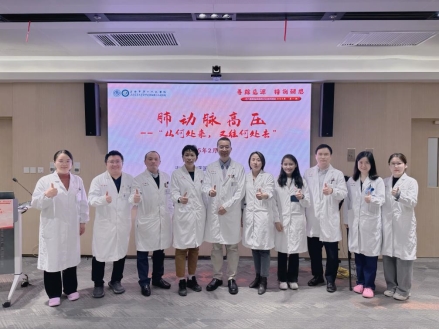
In his concluding remarks, Director Shen Chengxing emphasized the importance of multidisciplinary collaboration in diagnosing and treating complex cases. He noted that while pulmonary hypertension secondary to aortic dissection surgery is uncommon, it presents significant diagnostic and management challenges. The discussion reinforced the need for comprehensive assessment, precise diagnosis, and personalized treatment plans, highlighting the crucial role of critical thinking and ongoing patient follow-up in optimizing clinical outcomes.
Latest News
- Tracing the Root, Tackling the Rare: The Fourth Session of the 2025 Clinical Case Discussion Successfully Held11-04
- Intensive Specialized SP Practicum Solidify the Foundation of Clinical Education09-20
- Tracing the Root, Tackling the Rare: Third Session of the 2025 Clinical Case Discussion Successfully Held by Clinical Medical School and Medical Affairs Office08-06
- Tracing the Root, Tackling the Rare: Second Clinical Case Discussion of 2025 Held Successfully07-10
- Tracing the Root, Tackling the Rare: First Clinical Case Discussion of 2025 Held Successfully03-19
- Enhancing Excellence in Residency Training: Specialized Capability Development for Core Faculty12-30
- Supervision Guides a New Journey, Steadfast Actions Ensure Quality Advancement12-06
- Strengthening Residency Training Through Collaboration: 11-20




